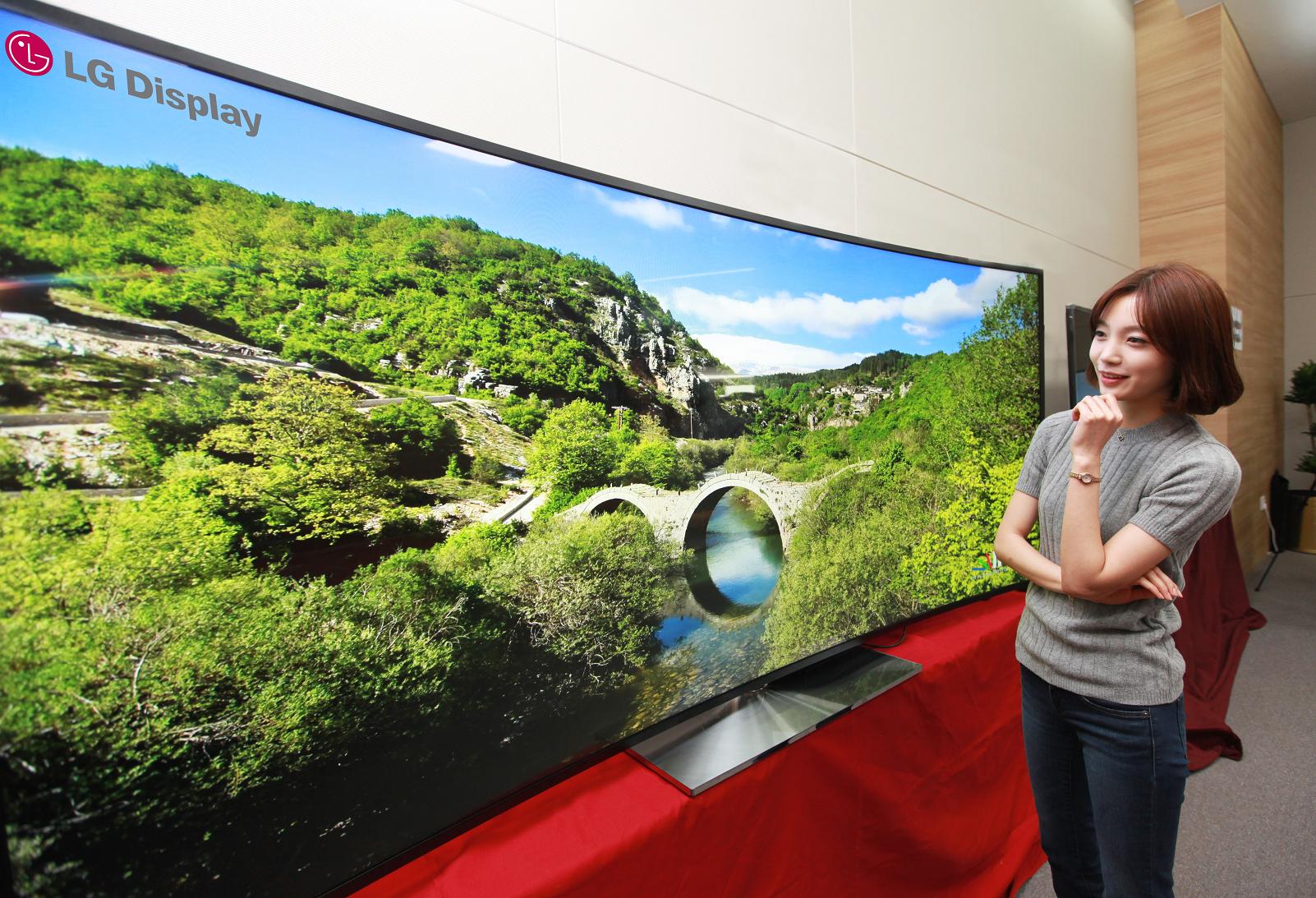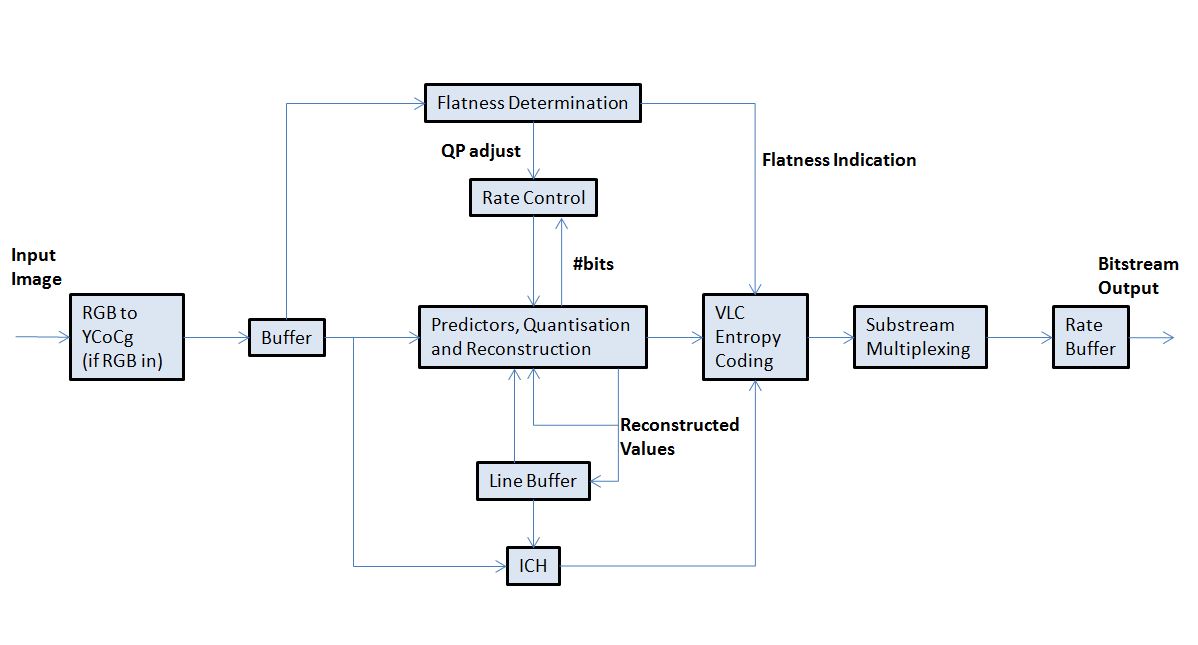From 1080p to 4k and beyond
Increasing display resolution and higher refresh rates are putting pressure on today’s display interface standards, writes Sally Ward-Foxton for ES Design magazine.
As display technology continues to evolve, resolutions are increasing rapidly. Consumer electronics manufacturers, seeking to differentiate their products, are embracing these increasingly high definition displays. This was obvious at CES 2014, where many manufacturers showed off ultra-HD 4k resolution televisions. Sony expanded its Bravia 4k range, adding the X9500B series (Figure 1), while LG unveiled a full lineup of 4k TVs, including a curved screen 105" 4k ultra HD TV with an actual resolution of 5120x2160px (Figure 2). Samsung even went a step further than that, showing an 8k concept TV.
This phenomenon isn’t limited to large displays like televisions; today’s smartphones are also reaching high definition resolutions. Apple’s ‘Retina Display’ from the iPhone 5, so-called because its pixel density is high enough that the human eye can’t discern individual pixels at a typical viewing distance, has a resolution of 1136x640px; smartphone display resolutions are increasing all the time.
With the explosion of ultra-HD and high resolution devices, more and more strain is being put on display interfaces, since increased pixel counts require more and more bandwidth. Looking to the future, displays that exceed 4k resolutions will push the video data rate beyond the current limit of most interface standards. For example, standard 1080p displays require a video data rate of 3.5Gbps; 4k displays at 60Hz require 14Gbps; and future 8k displays will require over 50Gbps. By comparison, standard HDMI supports up to 2.25Gbps, enough for 720p/1080i, while high-speed HDMI supports 1080p with 10.2Gbps bandwidth, though that’s still not enough for 4k content. Even relative newcomer DisplayPort version 1.2 (launched in 2009) is limited to 17.28Gbps bandwidth.

Figure 1 - At CES this year, many manufacturers showed off ultra-HD 4k resolution televisions. Sony added the X9500B series, a 4k UHD TV
Another issue has been the introduction of 120Hz and higher refresh rates on HDTVs to complement sports and gaming content. While in practice, most types of source material are still best viewed at 60Hz, this capability is placing added demands on the bandwidth of the display interface which, when combined with the rapidly increasing resolutions, is exceeding how well today’s physical layer technologies can perform.
The need for speed
The most obvious solution to the problem of increasing bandwidth requirements would be to add more data lines in bigger cables. However, set this against increasingly stringent power consumption requirements, and it soon becomes unworkable. Display interfaces are already among the highest bandwidth interfaces in a computer, and there is little room to increase the physical bandwidth available.
The alternative - compression of the video data - would reduce the amount of bandwidth required and therefore extend the life of today’s physical interfaces. However, using compression for the highest quality video streams available is an idea that may raise some eyebrows, since by its nature compression implies that some data is lost, thereby reducing picture quality.
Attempts to compress high resolution video data have so far yielded mixed results, with companies’ compression schemes introducing visual losses, or being complex and difficult to implement. Being proprietary, these schemes often suffered from lack of clear definitions and documentation. The other thing that suffered was interoperability - video source manufacturers were left facing the possibility of implementing all the different available compression schemes, which was extremely impractical and costly.
Taking all these factors into account, it was clear that a move towards an industry-standard compression coding system for high definition video data was required. The Video Electronics Standards Association (VESA) and the MIPI Alliance, which develops interface specifications for the mobile industry, collaborated to come up with the spec for the new standard. VESA approached the task from the 4k+ video standpoint, and MIPI put forward the needs of the mobile device industry.

Figure 2 - LG also unveiled a lineup of 4k TVs at CES, including a curved screen 105" 4k ultra HD TV with an actual resolution of 5120x2160px
The key requirement for the new compression standard was that it be ‘visually lossless’, that is, that a user can’t notice any difference between the compressed signal and the uncompressed data displayed on the same device. It had to be suitable for a range of image types from still graphics and text overlaps to photography and video, on a range of display types and sizes. Among the other requirements were that the standard should support the ability to independently decode regions of the picture, that the compressed data rate should be constant, that it must support all the popular different video formats, and that it should be easy and cheap to implement with conventional hardware.
According to a whitepaper published by VESA, existing compression standards do not meet these requirements: “Transform based algorithms, such as MPEG-2 and H.264, and wavelet based algorithms, such as JPEG-2000 and VC-2, require the storage of many lines of pixel data, which is too expensive. JPEG-LS cannot guarantee a constant bit-rate and does not meet the quality requirements when configured by lossy coding.”
Standard development
The resulting standard, Display Stream Compression v1.0 (DSC), was ratified last month and has already been adopted by VESA into Display Port v1.3 and embedded DisplayPort 1.4, and by MIPI into DSI v1.2. Unlike more complex compression algorithms, such as MPEG, the DSC standard uses a less complex algorithm that provides a lower compression rate, and consumes fewer system resources including power. It enables up to 66% data rate reduction, which can reduce power consumption in mobile devices, while simplifying the electrical interface requirements for 4k and 8k displays. It also provides low latency, which is important for interactive systems.
Figure 3 - A block diagram of a DSC encoder (Source: VESA Whitepaper “VESA Display Stream Compression”)
So, how does it work? Well, it uses a clever algorithm based on several techniques, including delta pulse code modulation (DPCM) and indexed colour history (ICH), to produce the fast compression and decompression required. The technique uses a single line of pixel storage and a rate buffer. A block diagram for a DSC encoder is shown in Figure 3.
VESA say that DSC has been thoroughly tested with every type of content, including the most difficult test images (those that are more likely to produce compression artefacts) to make sure it meets its key target of being visually lossless. In the most common type of test, the compressed and uncompressed pictures were flipped back and forth to see if the user could notice any difference. The testing showed that DSC performed better than proprietary algorithms, according to VESA, and was very nearly visually lossless for all the images tested at 8bits per pixel.
Real applications for DSC are still some way into the future, so it’s hard to know whether the most enthusiastic consumers will judge the compression technique completely visually lossless. Will the increase in cost added by the encoding overhead and manufacturing costs increased by development time be balanced by the ability to continue using low cost physical interfaces? Well, it’s certainly a step in the right direction.



